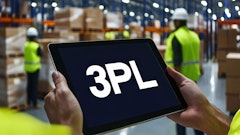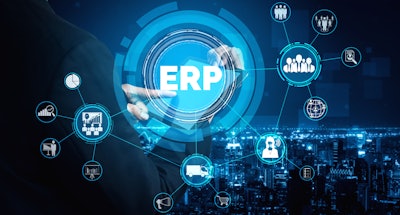
It’s been a tough few years for retailers and wholesalers.
Rising fuel costs have made transportation costs higher and margins tighter. Ongoing supply chain disruptions have led to delayed shipments and inventory shortages. And global conflicts, catastrophic weather, and geopolitical crises have wreaked havoc on global trade.
These disruptions are the new normal for business — and companies can no longer wait and hope that transportation challenges will eventually sort themselves out. Instead, they need a proactive plan to navigate these events and adapt processes to be more resilient and efficient.
As retailers and wholesalers reevaluate their transportation logistics and operations strategies, many are finding their existing ERPs are in desperate need of an update. Outdated ERP simply can’t handle the complexities of today’s transportation landscape.
The good news is that as transportation challenges have evolved, so too have modern ERP systems.
How Advanced Technologies Are Transforming Transportation Logistics
Half of companies are planning to acquire, upgrade, or update their ERP systems, with organizations citing the need to replace outdated systems, consolidate disparate applications, and update to modern technology as their top goals.
That’s because ERP systems are increasingly integrated with advanced technologies such as AI, IoT, and data analytics that can drive smarter, more responsive transportation strategies. By integrating these technologies, ERP systems can facilitate greater efficiency, optimize resource utilization, and support data-driven decision-making and strategic planning across the entire organization.
For instance, advanced ERP systems offer robust transportation management capabilities that enable everything from optimizing routes and reducing fuel consumption to automating reordering processes and maintaining real-time visibility into their supply chains. Platforms like SAP S/4HANA have embedded these advanced functionalities directly within their core architecture, eliminating the need for additional licenses or technical integrations.
By integrating AI and advanced data analytics, ERP systems can analyze large transportation and logistics datasets to improve route planning, load optimization, and fleet management based on real-time conditions, like traffic, weather, and vehicle specifics. These changes help reduce fuel consumption, speed up delivery times, and ensure the most efficient use of resources — saving companies time and money.
Similarly, IoT sensors and devices can provide real-time tracking of shipments and transportation assets. For a wholesaler transporting perishable goods, an IoT sensor can continuously monitor the temperature, humidity, and other conditions during transit, instantly triggering alerts for any deviations to ensure quality and safety.
The synergy of these advanced technologies within ERP frameworks enables companies to adapt more dynamically to changing market conditions and global events.
For example, SAP’s Business Technology Platform (BTP) supports composable architectures, enabling greater flexibility, scalability, and seamless integration with third-party tools such as GPS and tendering systems. By successfully leveraging these advanced ERP systems, companies can accelerate project timelines and adapt more dynamically to changing market conditions and global events.
3 Technical Capabilities Modern ERP Systems Should Have
The modernization of your ERP system can make the difference between transportation logistics that are a liability and those that provide your business a significant competitive advantage. Outdated systems don’t just leave you vulnerable to market fluctuations — they also push you behind your competitors, limiting your ability to remain competitive.
However, as you look to update or upgrade your ERP system, it’s crucial to consider strategic investments that provide effective solutions to transportation challenges and long-term value for your business.
With that in mind, there are at least three key technical capabilities that your ERP system should include:
- Real-time visibility
Conditions on the road or across the globe change fast. Your ERP systems need the most up-to-date information and insights, with real-time visibility that enables you to track and respond to challenges without delay.
You can improve visibility and tracking capabilities by leveraging your ERP system as a centralized data platform, making information accessible to all stakeholders across the organization. From there, it’s much easier to integrate data from IoT devices and GPS tracking, enabling you to gain greater visibility into your supply chain and monitor vehicles, goods, and shipments in real time.
- Optimized inventory management
Effective inventory management is critical to reducing costs and avoiding excess or insufficient stock levels. Focus on building or buying ERP solutions that can support just-in-time inventory practices, which minimize the need for large stockpiles and reduce overall storage costs. Your ERP system should also include automated reordering processes that ensure inventory levels are optimally maintained, reducing the risk of stockouts.
Even with these advanced features, you should maintain optimal safety stock levels to cushion against supply chain disruptions without overstocking. And, like always, it’s best to avoid reliance on a single supplier or geographic region. Diversify your suppliers to mitigate risks associated with regional disruptions and consider nearshoring or onshoring critical components to reduce dependency on long supply chains.
- Predictive analytics
Predictive analytics are at the forefront of transforming how you can anticipate and react to market demands and potential disruptions. By analyzing historical data, ERP systems with integrated AI can predict future demand, anticipate potential maintenance needs or asset downtime, and identify potential delays or disruptions — enabling you to take proactive measures to mitigate risks.
For instance, you could leverage predictive analytics to analyze past shipping data and forecast demand spikes and slumps. Then you can use that information to adjust shipping routes and bolster inventory levels in advance of peak seasons.
Preparing for the Supply Chain Challenges of Tomorrow
Technology alone can’t solve every challenge impacting the global supply chain and transportation networks. But combined with smart business operations and strategic planning, modernizing your ERP system enables you to enhance efficiency, reduce costs, and move from reacting to conditions to actively preparing to meet them.
By investing in key technological capabilities within ERP systems, you can build more resilient operations that will not only withstand current market pressures but position you for long-term success.
What are you doing to prepare for whatever challenge comes next?
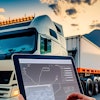




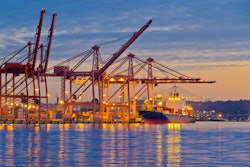


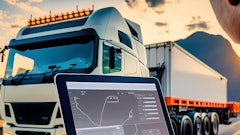
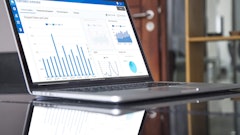
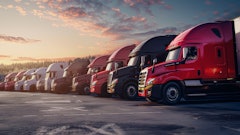
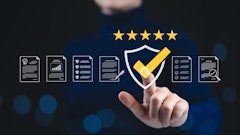

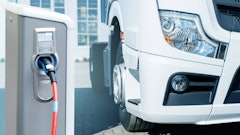
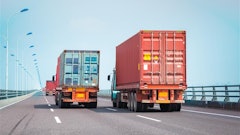
![Pros To Know 2026 [color]](https://img.sdcexec.com/mindful/acbm/workspaces/default/uploads/2025/08/prostoknow-2026-color.mduFvhpgMk.png?ar=16%3A9&auto=format%2Ccompress&bg=fff&fill-color=fff&fit=fill&h=135&q=70&w=240)
